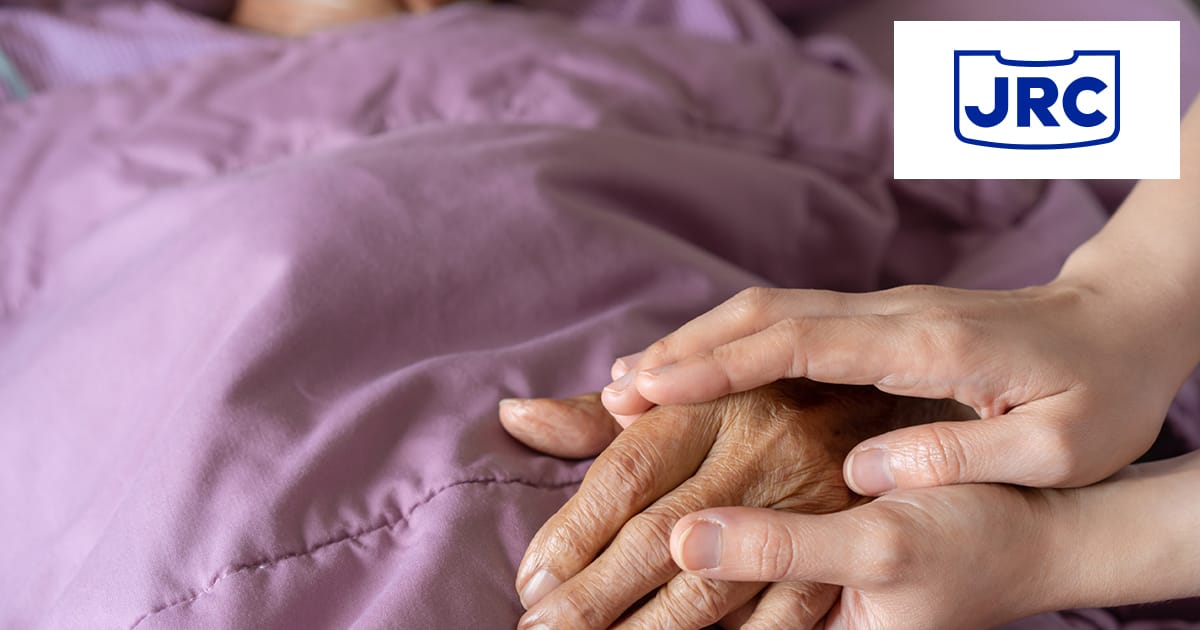- HOME
- Application Examples
- Ueda Japan Radio Company
Ueda Japan Radio Company
The challenge of building a wearable bed-exit sensorEngineers struggled to find battery that was both slim and safe

Background
Japan is home to the oldest population in the world, with the number of residents aged 65 or over already exceeding 35 million. Demand for medical services and geriatric care in Japan is projected to increase even further in 2025, when the last of the baby boom generation turns 75*. There is also increasing demand for in-home care to improve elderly residents’ quality of life.
*See Community-Based Integrated Care Systems, Ministry of Health, Labour and Welfare
Problems
Traditional bed-mounted sensors were expensive
Ueda Japan Radio was working on developing a user-friendly bed-exit sensor alarm that would be priced within reach of consumers. Bed-exit sensor alarms (sensors that notify the carer upon detecting behavior patterns associated with getting out of bed) come in various types, but those that are attached to the bed itself, such as mat-type sensors, bed leg weight sensors, and infrared sensors, tend to be expensive, which places them out of reach of individual consumers.
Creating a slimline, rechargeable battery that is safe to wear
With demand for in-home care on the increase, Ueda’s engineers wanted to build a bed-exit sensor alarm that was user-friendly, affordable for individuals, and compact enough to be worn. However, they were unable to find a rechargeable battery that was safe, reliable, compact and slim enough to power such a sensor.
Main Issues
Engineers wanted to build a user-friendly bed-exit sensor alarm that was affordable to individuals.
The wearable sensor alarm needed to be safe and reliable.
Engineers wanted to eliminate the hassle of replacing dead batteries.
